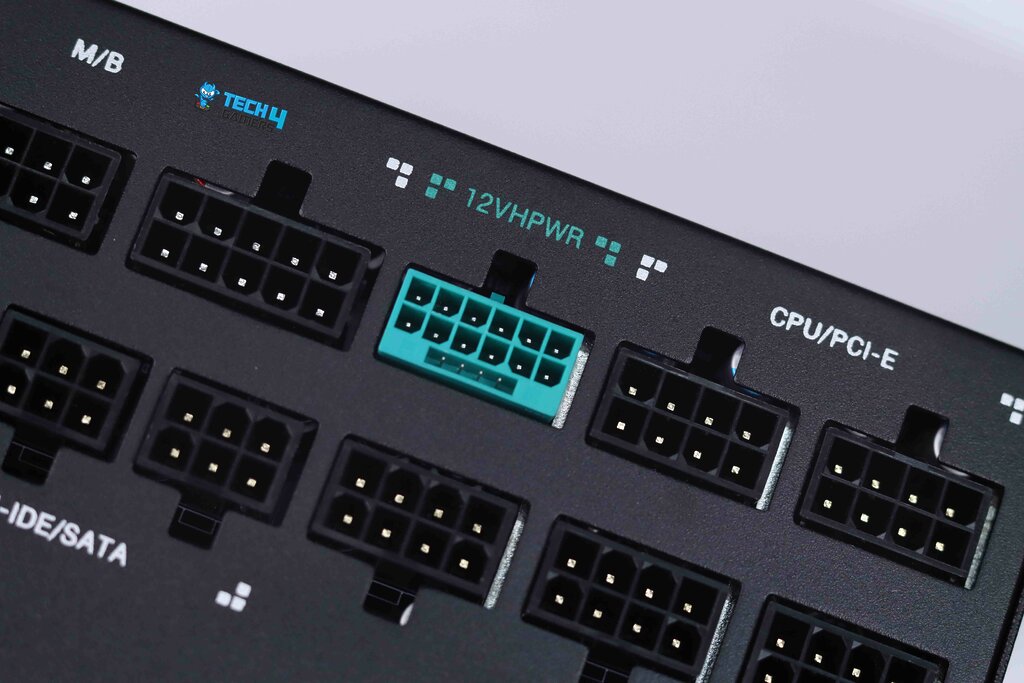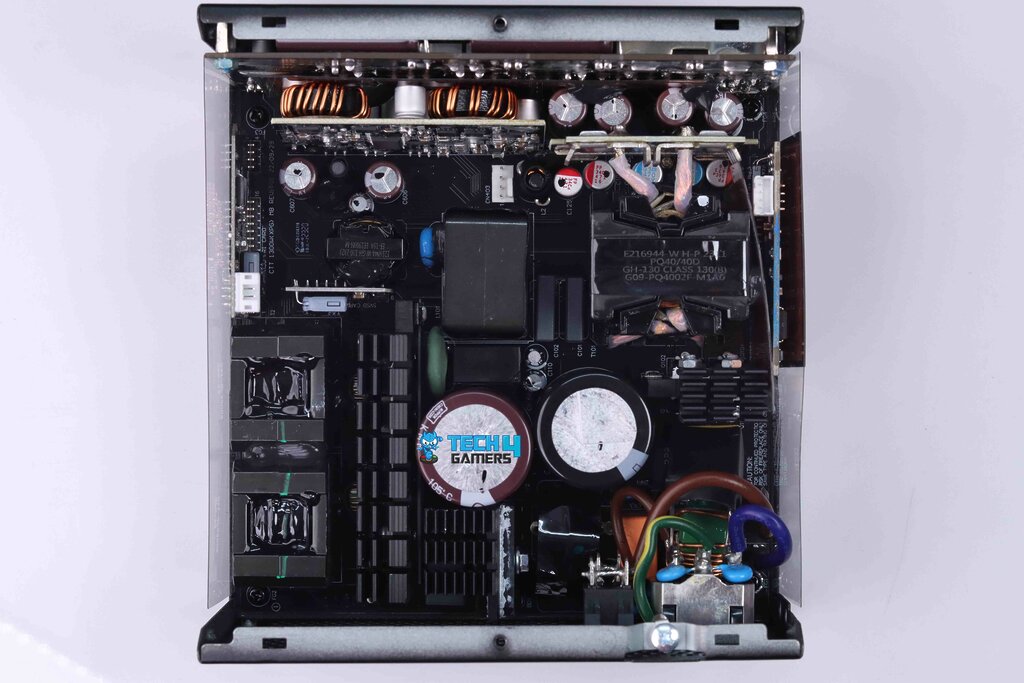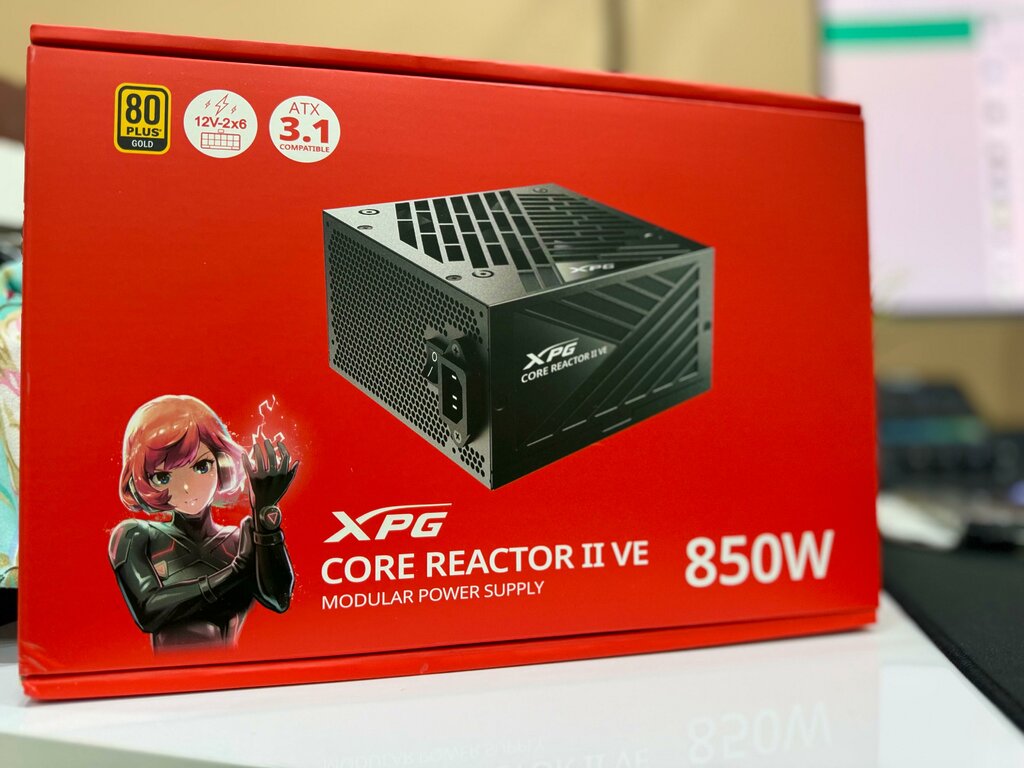- Modern CPUs and GPUs are becoming more power-hungry. For instance, the 4090 and i9-14900K have a combined power need of 669W.
- Incompatible PSUs can cause system instability, frequent shutdown, and component damage.
- You should buy a quality PSU with ample wattage to deal with today’s power needs and instantaneous peak loads.
In my experience, most novice gamers always overlook the PSU. However, the recent melting issues of connectors brought a lot of attention to the PSU compatibility subject. Still, many people would rather save on a PSU than have some spare wattage available. But with the growing power hunger, 600W PSUs will not be here for long, will they?
Increasing Power Requirements
600W was a sweet spot for an all-round PC build a few years ago. I remember recommending everyone a 600W PSU, thinking there was no way they would need more. But in 2024, we are witnessing impressive technological advancements at the price of increased power consumption.
Coping Up With CPU Demands
Meeting the requirements of the modern-day application, CPUs are becoming more and more powerful. The latest Intel CPU features 24 cores, but that is the nice part. The part I am worried about is its power consumption. It has a rated peak power consumption of 219W, but this is not it. The Intel i9 14th gen maximum power draw can reach up to 338W! The power hunger of CPUs is only going to rise from here. Do you still plan to use such powerful CPUs with a 600W PSU?
GPUs Are Getting Hungry

Unless you are shopping in the ’90s, every good GPU in the market today has advanced features like enhanced deep learning abilities, ray tracing, and DLSS/FSR technology. Also, unlike in the past, modern GPUs handle operations through parallel computing (GPGPU), which was once handled solely by the CPU. Don’t you think all this will need more power than before? The answer is yes; NVIDIA’s latest 4090 GPU alone has a rated power consumption of 450W!
Coming to the point, these advanced techniques draw a lot more power to deliver enhanced performance. For instance, RTX 3080 draws 70% more power with ray tracing. Moreover, you must have heard about the PCIe 5.0 12VHPWR. This connector is designed to deliver a continuous load of 600W. It was specifically launched to meet the power needs of next-gen PCIe 5.0 GPUs. Can you imagine just your GPU consuming your whole 600W power supply? Well, that can be the case with next-gen NVIDIA GPUs.
Handling Power Spikes

Ok, for an instant, let’s assume 600W PSU can meet the power needs of today’s hardware. But can it handle those power spikes reaching up to three times the rated power consumption? Many PSUs fail because they cannot handle these power spikes even if they can deliver rated loads with 80+ efficiency. That was the major issue with ATX 2.0 and 2.4 PSUs, which has now been rectified in ATX 3.0 PSUs.
Some users think a PSU consumes power equal to its rated load all the time, so they go for small PSUs. However, a PSU only draws as much load as your PC hardware requires. This means that whether you put a 600W PSU or a 900W PSU in your PC will not enhance power consumption but the ability to deliver power. Therefore, looking at the power spikes, I do not suggest matching your PSU with your power consumption exactly. It is always a good idea to keep some headroom available.
Low Wattage, More Damage
I see a lot of users complaining about random shutdowns. In fact, I once had a PC that used to restart whenever I launched FIFA 2023. To be honest, at that time, I had no clue what was going wrong. I thought the issue was with FIFA’23; EA wanted me to pay more or something. But I was as surprised as you to find out that it was a PSU issue.
Such scenarios can occur when your PSU’s power delivery is insufficient. An incompatible PSU can cause sudden shutdowns, frequent reboots, or even damaged components. So, wouldn’t it be wise to spend once on a quality and ample-wattage PSU rather than replacing it every other day?
The Right PSU For You

If you have decided to move on from a 600W PSU, let me help you find an appropriate PSU for your PC build. To estimate your build’s power consumption, you can use any online PSU calculator. Once you have an idea of your power needs, you can move on to buying a PSU with a power rating of 50-100W more than you calculated. Also, I recommend going for an ATX 3.0 PSU for a future-proof upgrade.
Bottom Line
Modern-day PC hardware, essentially CPU and GPU, delivers impressive performance, but this enhanced performance comes with increased power consumption. NVIDIA’s 4090 and Intel i9-14900K have a combined rated power consumption of 669W, which gives a clear idea of why you need a powerful PSU. If you plan to save on a PSU, you might face frequent shutdowns and instability issues, ultimately leading to a PSU replacement. Therefore, I recommend investing in a quality PSU with ample headroom.
Thank you! Please share your positive feedback. 🔋
How could we improve this post? Please Help us. 😔
[Hardware Expert]
With a major in Computer Science, Sameed is a tech enthusiast who puts his passion for gadgets into words and creates informative blogs. From comparing different hardware to reviewing the best RAMs, motherboards, and graphics cards for your next build, Sameed has covered a wide spectrum of topics that have given him a special insight into every nook and cranny of the tech world. Sameed is also a certified expert at Computer Hardware & Networking.
Get In Touch: sameed@tech4gamers.com


 Threads
Threads

